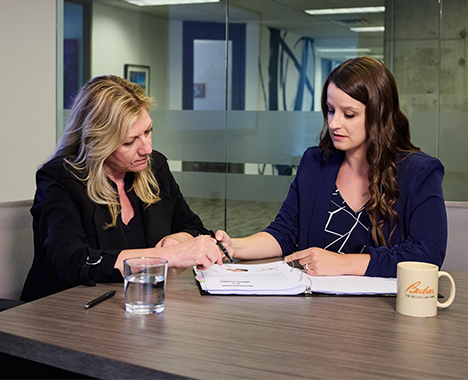Schedule a Consultation
216-621-3000Schedule a Consultation
216-621-3000
One of the advantages of expanding technology and our shrinking world is that it gives us more options. A few decades ago, we may have been limited in our choice of a hospital based only on the one or two that were close by. Now, most major cities have several hospitals that are easily accessible for those needing care to choose from. The increase in accessibility and technology has also given rise to a new trend—home births.
Home births can be a fantastic option under the right circumstances. Many parents decide that a home birth is a good way to connect with the newborn baby under natural circumstances—away from wires, computers, and medical terminology. The goal for most home births is an experience that can be remembered and reflected upon as the perfect entrance into the world of a new life.
There are as many types of home births as there are women who choose them. Women can deliver in the bathtub, in their own bed, or in any area of the house that makes them comfortable. They may be attended by as few or as many friends and family as they choose.
A recent article indicates that 1% of all births in the United States are home births. The other 99% take place in the hospital, usually under the watchful gaze of an obstetrician. However, that 1% will typically be conducted by a midwife—usually a woman, who has specialized training in deliveries.
Some studies indicate that, for healthy, low-risk pregnancies, women who opt for home delivery are less likely to have cesarean sections, birth with forceps, and episiotomies. That’s fairly clear, because those options are more limited with a home birth. The argument does, however, have some elegance to it—it suggests that doctors, who are more comfortable with scalpels, are more likely to resort to a cesarean section whereas a midwife would not have the same option (absent from sending the mother to a hospital). On the other hand, without looking at the data on baby outcomes following midwife births, this does not necessarily indicate that most of those cesarean sections are unwise, or that cesarean sections in home births are not advisable.
Some statistics from the CDC on home birhts:
A home birth, tended to by a midwife, can be a safe and rewarding experience. However, it must be remembered the primary goal of delivery is not a pleasant delivery experience, but a happy and healthy baby. To that end, there are a few things that you can do to promote a good outcome:
We would like to see every delivery come to a successful and happy conclusion. For more information home deliveries, midwives, and vaginal births after cesarean (VBAC), contact our medical malpractice attorneys at (440) 252-4399 or online for a free consultation.

